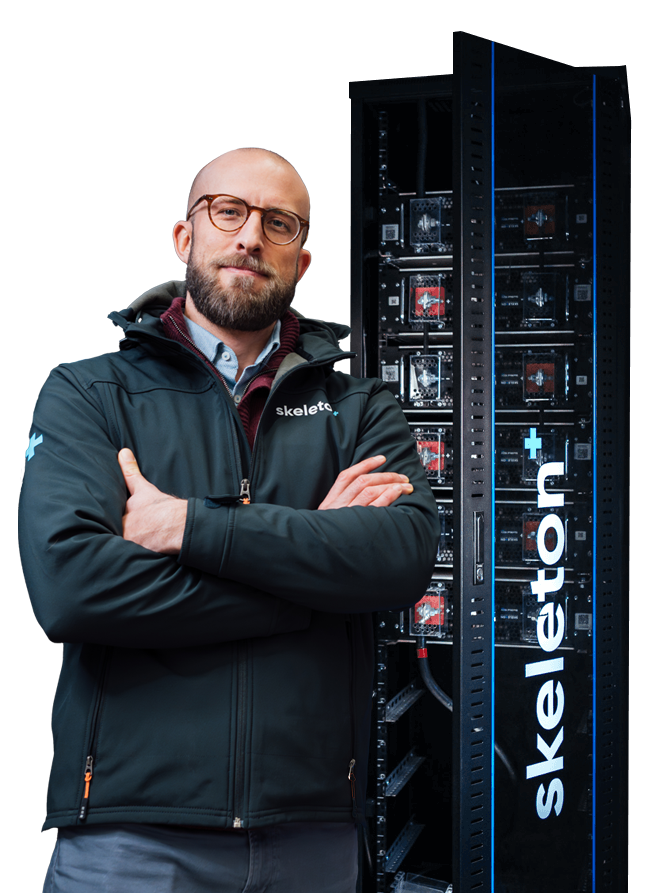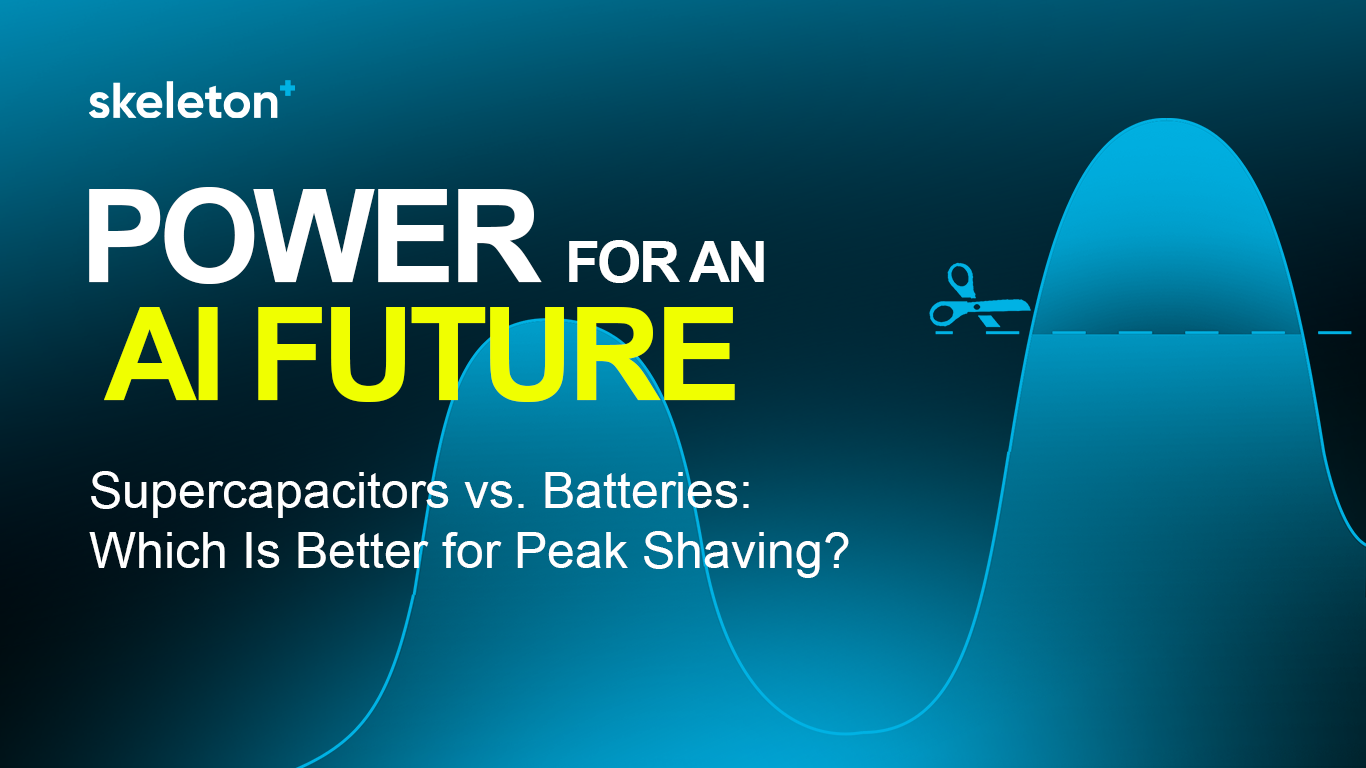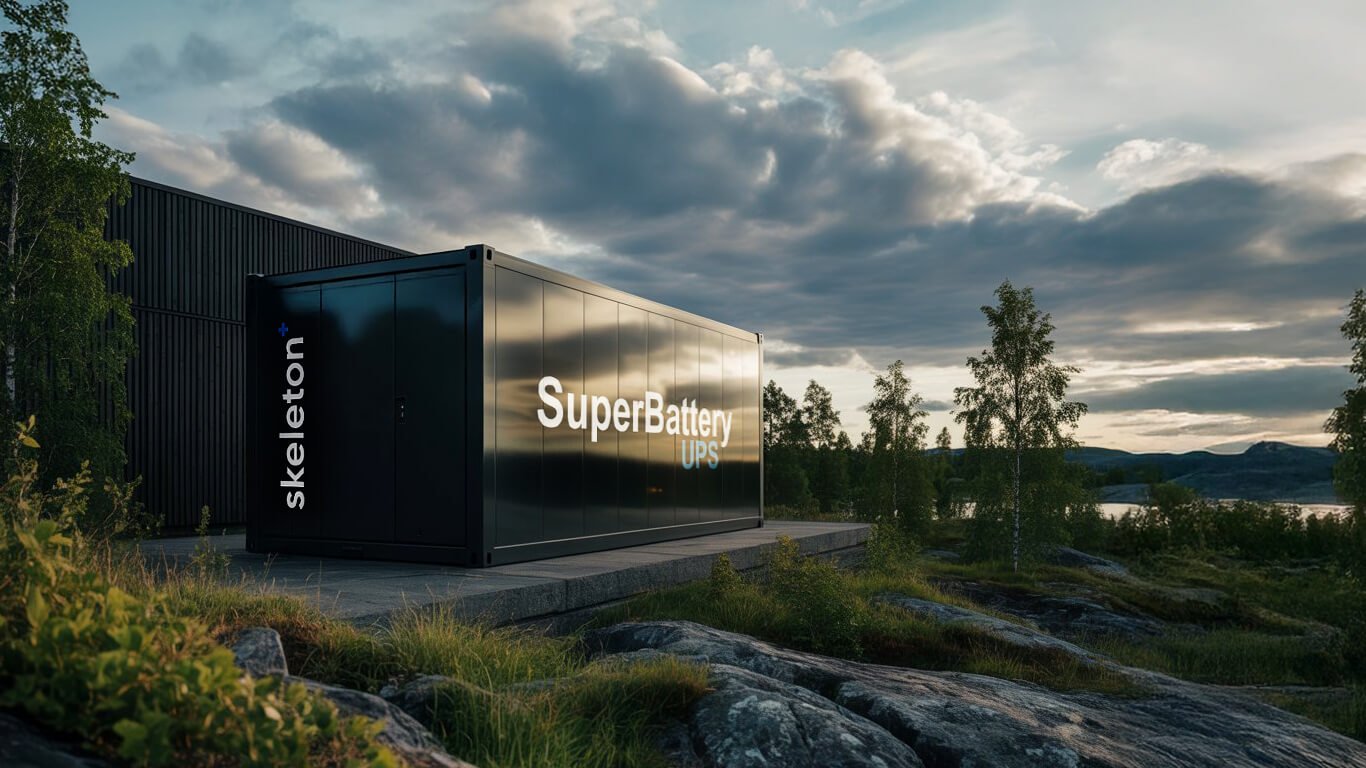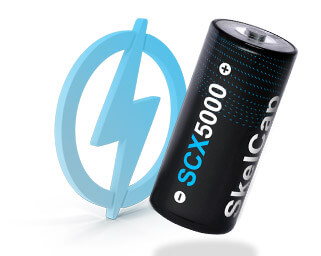
Keep the lights on - Supercapacitors prevent blackouts

Power outages are no longer the exception, or a seasonal disruption attributed to climate change – they are fast becoming the new normal globally. At the end of April of 2025, major power outages led to a state of emergency in Spain and Portugal, with cities including Valencia and Barcelona left completely without power.
The exact cause for the blackouts has not been officially confirmed, but reports suggest the European power grid and a damaged high-voltage line in southwestern France are to blame. The outage reportedly affected around 55 million people and lasted for more than half a day.
Some have blamed renewable energy sources, as these two countries have a lot of wind and solar power in their power grids and are at the forefront of renewable energy technology deployment in Europe. But is this true? Daniel Muir, senior European energy analyst at S&P Global, said: “The nature and scale of the blackout make it unlikely that the cause was the amount of renewable energy, as Spain’s electricity grid is often exposed to very high levels of renewable energy generation.”
Much of the European electricity grid is aging faster than we think and is vulnerable to overload, especially due to growing electricity consumption, and variability in renewable energy. Aging grid infrastructure is one of the biggest threats, as many of Europe’s grids were built in the 1950s-1980s and are now approaching the end of their technical lifespan.
According to the European Transmission System Operators for Electricity (ENTSO-E), the EU needs up to €584 billion in investment in electricity networks by 2030. Without this investment, grid bottlenecks could hinder the green transition and increase the risk of blackouts.
Why Grid Inertia Matters
How can we prepare for an era of frequent power outages as electricity supply becomes less predictable, with resilience becoming a strategic advantage?

We need to invest in more sustainable backup power solutions, work to reduce our dependence on the grid, and understand that this large-scale blackout in Spain and Portugal also highlights a very essential and critical technical challenge: maintaining grid inertia.
Traditional electricity systems use the kinetic energy of rotating turbines from fossil fuels and nuclear power plants to stabilize frequency and reduce disruptions to mitigate surges. As we move towards inverter-based renewables such as wind and solar, which lack inherent kinetic energy, the grid becomes more vulnerable to frequency fluctuations.
Without sufficient inertia, the grid’s ability to respond to sudden changes in supply or demand is reduced, increasing the risk of outages. This highlights the need for innovative solutions to replicate the stabilizing effects of traditional generators in an energy landscape dominated by renewables. But this is a technical challenge that can be overcome by introducing supercapacitors. In order to prevent power outages, it is therefore essential to invest in technology that improves grid flexibility, stability and maintains inertia. The load on current electricity grids is not just intermittent but is becoming permanent due to aggressive electrification. It didn’t just happen once; it will happen more often if we don’t react.





